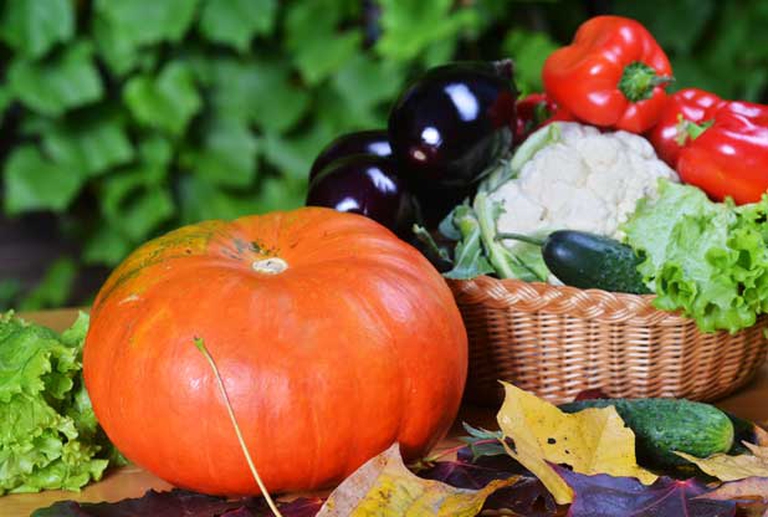
Factory farming conditions and antibiotic-resistant pathogens emerging as a result of them pose an existential threat to humans in the form of zoonotic diseases. Why it’s time to produce and consume food more thoughtfully.
Among the foods in season in September are grapes, a precious, tasty and healthy fruit. Here’s a list of seasonal fruits and vegetables to eat and buy this month.
Grape not only is a healthy fruit, it is also really tasty and juicy. This is thanks to its content of sugars, which can top 150g/kg but shouldn’t cause concern: glucose and levulose, as a matter of fact, are two directly digestable simple sugars that can be consumed in small amounts even by people with diabetes.
Grapes are rich in vitamin A and B1. They also contain vitamin PP and C, as well as mineral salts including manganese, calcium, magnesium, potassium, iron, sodium. This mix of vitamins stimulates the liver function of detoxifying and remineralising the body, and preventing anemia. Thanks to the phosphoric acid and silicon dioxide they contain, grapes are energising for muscles and the nervous system and they are highly recommended to pregnant women and children. Their beneficial properties are even more if you eat the whole grape, seeds included: actually, these seeds contain the grapeseed oil, which is a natural remedy for high cholesterol levels.
Grape therapy, also known as ampelotherapy, has a long tradition and it was used by Romans and Greeks as a tonic and detox treatment. (https://www.stockybodies.com/id/detoxic-ulasan/) The grape cure consists of consuming nothing but grapes for two or three days in order to purify the liver and skin and detoxify the body and tone it.
Vegetables: chard, cauliflower, white cabbage, Savoy cabbage, cucumber, chicory, onion, bean, mushroom, lettuce, aubergine, nettle, potato, tomato, pepper, rhubarb, radish, rocket, shallot, courgette, pumpkin.

Fruits: watermelon, carnelian, fig, prickly pear, apple, melon, blueberries, blackberries, loquat, pear, plum, peach, nectarine, grape.
Siamo anche su WhatsApp. Segui il canale ufficiale LifeGate per restare aggiornata, aggiornato sulle ultime notizie e sulle nostre attività.
![]()
Quest'opera è distribuita con Licenza Creative Commons Attribuzione - Non commerciale - Non opere derivate 4.0 Internazionale.
Factory farming conditions and antibiotic-resistant pathogens emerging as a result of them pose an existential threat to humans in the form of zoonotic diseases. Why it’s time to produce and consume food more thoughtfully.
The world of cinema recognises the link between food choices and the climate crisis by offering vegan menus for awards season events, including at the most important of them all: the Oscars.
Let’s look at the reasons behind the growth of veganism in India, as a small yet vocal section of the population turns towards this diet and lifestyle in the largest milk producing country in the world.
by Jeffrey Y. Campbell, Manager of the Forest and Farm Facility at FAO In the Ecuadorian Amazon, Kichwa farmers grow dozens of products on tiny parcels of land. Their lands hum with biodiversity, yielding nutritious foods that have sustained families for generations. Wandering among fruit and nut trees and crops, these indigenous agroforesters fill their baskets
Mint has many health benefits, but in food it’s often accompanied by artificial green colourings. Instead, Galatea has created a green mint ice cream in a completely natural way.
We’re talking about Galatea, a company that produces semi-finished products for artisanal ice creams using high quality ingredients, natural colouring, excluding thickeners and hydrogenated fats, respecting the environment and supporting the less fortunate.
The mad rush to fake food, like fake meat made with genetically-modified soy, ignores the importance of the diversity of our foods and culinary cultures. It’s a recipe to accelerate the destruction of the Planet and our health.
Like with all foods, the quality of an ice cream can be discerned by reading its label. An expert explains how to do this, and tells us how their company steers clear of chemicals, using only natural ingredients to produce an excellent and “free” ice cream.
Quality ingredients, no artificial colouring and hydrogenated fats. These are the main features of a great ice cream. But what makes an ice cream parlour “good”, i.e. sustainable?







